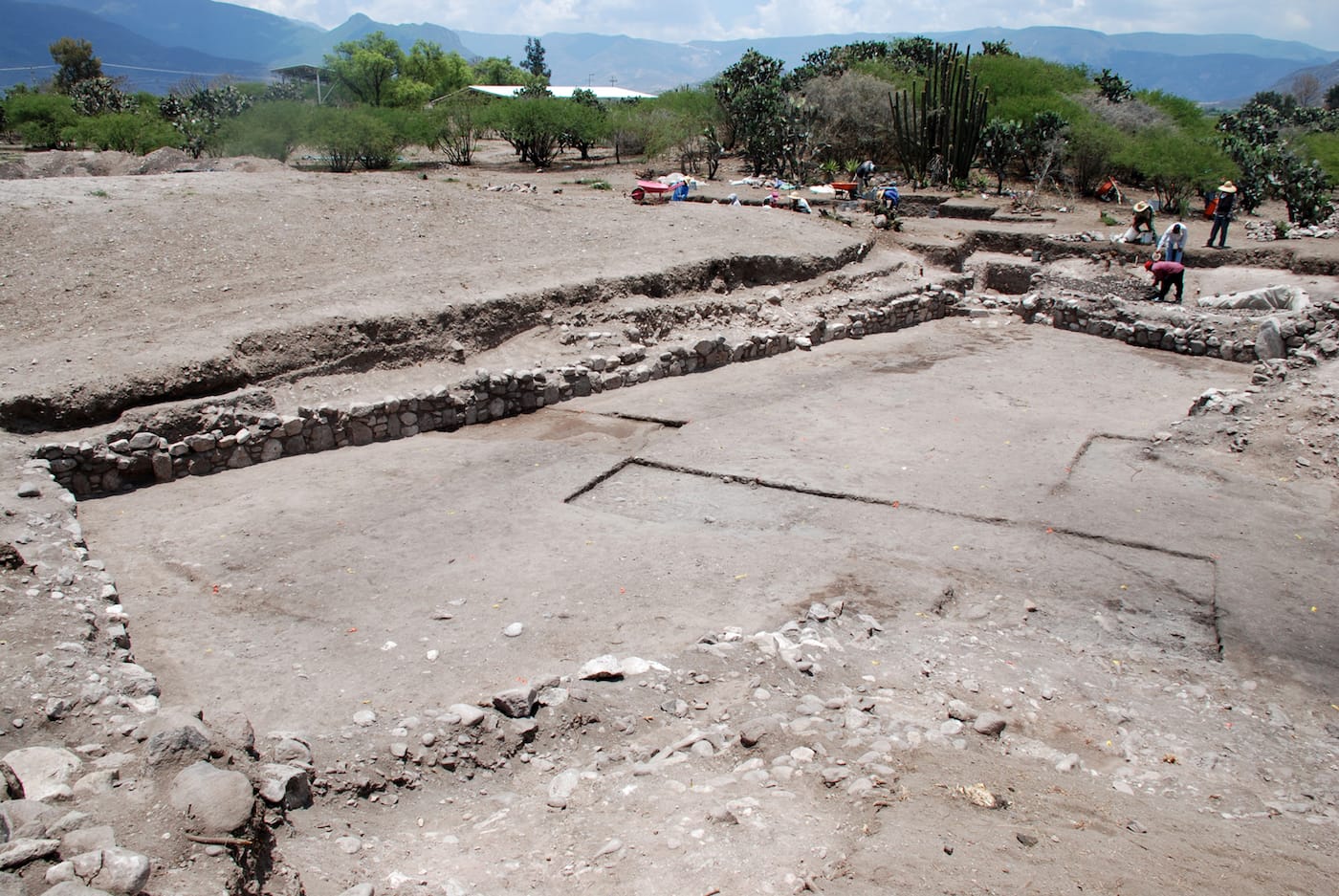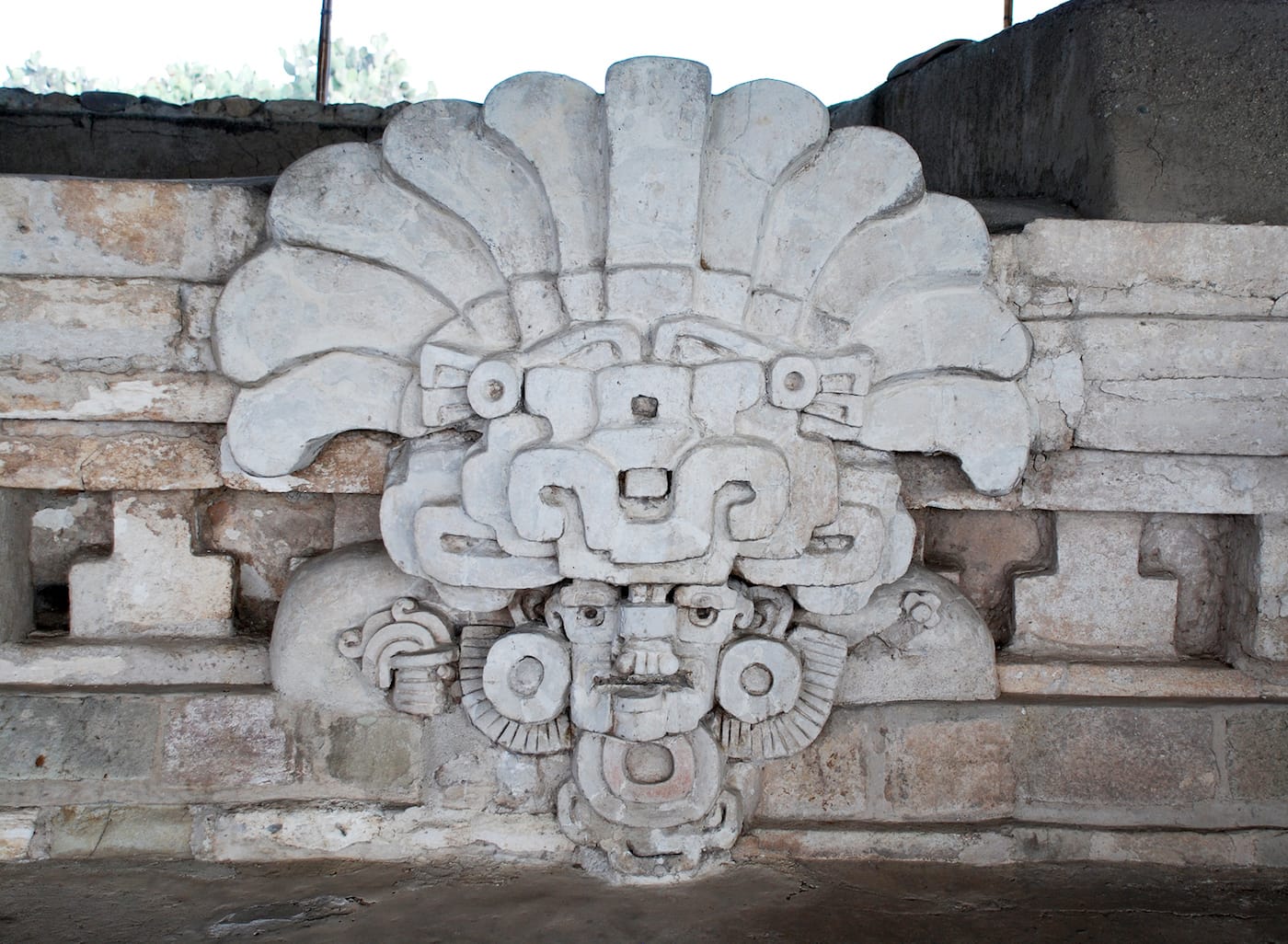Centuries-Old Crocodile Stone Discovered in Mexico
Since archaeologists came upon the remains of the ancient Mexican city of Lambityeco in the 1960s, questions about its architectural and ceremonial developments have lingered over excavations.

Since archaeologists came upon the remains of the ancient Mexican city of Lambityeco in the 1960s, questions about its architectural and ceremonial developments have lingered over excavations. Situated in the present-day Oaxaca Valley, Lambityeco has yielded frescoes that resemble those in Monte Albán, a nearby but much bigger urban settlement founded around 500 CE, though archaeologists also unearthed artifacts that are markedly varied from those found at Monte Albán. For decades, archaeologists thus concluded that Lambityeco dates to a later time period than Monte Albán, but recent discoveries by a team with the Field Museum suggest that the two were actually contemporaneous — that Lambityeco deliberately underwent an architectural remodeling, perhaps for political reasons.

A centuries-old stone carved on three sides to represent a crocodile provides, in particular, key evidence for this history. Larger than any carved stones previously found at Lambityeco, it lay upside down and against a building’s facade when the archaeologists found it. Originally believed to have been a portion of a temple stairway at the city’s civic-ceremonial center, the stone had continuously served a ritual purpose as evidenced by objects left at its feet: charcoal, broken ceramics for incense-burning, and remnants of a human skull. Its repositioning was not only deliberate but meaningful: archaeologists believe such shifts were part of larger civic reconstruction efforts triggered by a political riff.
“During this time period, the relationship between Lambityeco and Monte Albán shifted,” Field Museum MacArthur Curator of Anthropology Gary Feinman said in a statement. “The people of Lambityeco began to remodel their buildings and reorient the use of space in order to differentiate themselves from Monte Albán.”
As Feinman told Live Science, the carved reptile was likely the only encounter with crocs residents of the landlocked Oaxaca would have had. The stony stand-in clearly played a role in significant rituals. The activity associated with it may have once started at a ball court, a large ceremonial and recreational space found in a number of pre-Hispanic Mesoamerican settlements. Less than one-fifth the size of Monte Albán, Lambityeco boasted one of the largest ball courts in the Valley, but its layout originally reflected that of the ball court at Monte Albán, with a north-south orientation and a stairway at the center of its north wall. Archaeologists found that this space at Lambityeco underwent remodeling, including a shortening of the entire court, new wall constructions, and the intentional rerouting of its entrance from north to northeast.
“Across Mesoamerica, evidence for ball court renovation is relatively rare, and the significance of this transition is not trivial,” the researchers wrote in a study. These renovations, they note, had also occurred at the same time that Lambityeco civilians covered frescoes similar to those at Monte Albán that never reemerged or were created again. It appears that the city took on a massive project to rebrand themselves, but archaeologists have yet to figure out why. The Field Museum’s team hopes to return to Lambityeco next year to continue excavations, but their recent findings suggest an interesting ancient perspective on the value of architecture — how the structure of buildings may have been used as a marker of autonomy.






